How Do You Know if Camera Is Good for Sports Photography
Best camera for sports photography in 2022: get in on the action!
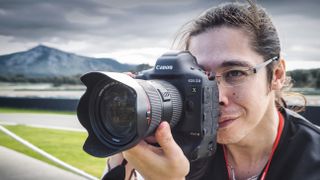
The best photographic camera for sports photography has quite specific requirements. It's not all most the most megapixels – a adept sports camera needs to exist fast and accurate, able to proceed up with subjects that move quickly and unpredictably. For this guide, we've compiled the best sports cameras for all budgets and abilities, from cheap span cameras that deliver the goods, to the cutting-edge professional models that are used at the Olympics.
The specs a sports camera needs to excel in are few, but vital. If you're coming at this completely new, then click to jump straight to our section on how to choose the best camera for sports photography, where we lay out the essentials. In cursory though, a fast outburst charge per unit is vital – pregnant a adept sports camera needs to be able to capture a lot of shots in a shorts space of fourth dimension, measured in frames per 2d. Only the other half of this picture is what's called the buffer, meaning the number of consecutive shots a photographic camera can take before it needs to finish to absurd off. A camera that can shoot at 12fps isn't much cop if it needs to stop every 13 frames.
A decent zoom is also handy, every bit in sports you're unlikely to exist able to get super-close to the action. That's why in our list, we've picked a mix of interchangeable-lens cameras that offer admission to big lenses, and span-style compact cameras that accept a large zoom lens of their own. These latter types tend to be much more affordable, and are groovy for beginners who are learning the ropes of sports photography.
At the other end of the scale, the world of pro sports cameras tends to be where some of the most exciting developments are happening, peculiarly in the mirrorless photographic camera sector. The upcoming Nikon Z9 is almost hither , with 120fps outburst speeds and a fastest shutter speed of but i/32,000sec. Then there's also the Catechism EOS R3, a full-frame monster that allows you to control the AF point with movement of your eye! In one case these cameras striking store shelves, and are put through their paces by our reviewers, we're sure they'll end upwardly earning a place on this list.
To help you find the all-time photographic camera for sports photography for your needs, nosotros've split this guide into three dissimilar categories. First we deal with beginner cameras, then with the best mid-priced models for enthusiasts, and lastly we list the top sports cameras for professionals.
Best photographic camera for sports photography – the full list
Bridge cameras for beginners
If you're looking for something straightforward, self-contained and affordable that'll allow yous to go some good shots of the kids' sports days, wait no further. These bridge cameras have large zoom lenses that let you get close to the action, are designed to be intuitive to apply, and all deport smaller price tags than mirrorless cameras or DSLRs.

Bridge cameras may non offer all of the high-cease functionality of professional mirrorless cameras and DSLRs, but for the money you spend, you do go a heck of a lot. Nowhere is this more truthful than in the case of the Panasonic Lumix FZ300 (known as the FZ330 outside of N America). It's an inexpensive bridge camera with an impressively big 24x optical zoom that's perfect for sports photography. It's no slouch in burst shooting either, with a 4K Photo way that allows you lot to utilise the 30fps 4K frame charge per unit for the purposes of stills shooting – as long as you lot don't mind a resolution cutting to 8MP. Although resolution more by and large is the camera'due south main area of disadvantage – its resolution tops out at 12.1MP, pregnant it'south not a slap-up option if you're planning to brand prints, and the relatively minor sensor does touch performance in low low-cal. If neither of these are of import factors for you lot, this is a stiff option for simple sports photography.

For a span camera with a little more than oomph, nosotros'd definitely recommend considering Panasonic'southward FZ1000 II. Its ane-inch sensor gives yous significantly greater dynamic range to work with, making it easier to shoot in challenging light atmospheric condition and generally improving versatility. While the FZ1000 2 is a pretty minor refresh over the original FZ1000, for sports photographers it does deliver a few improvements where information technology counts. The buffer depth is greater, for one, and there's likewise the new Zoom Compose Assist mode. This mode tracks your bailiwick while you're zoomed in and keeps hold of them even if they all of a sudden exit the frame – useful if a football player unexpectedly changes direction. The 4K Photo mode is also handy, allowing you to shoot 8MP images at 30fps.
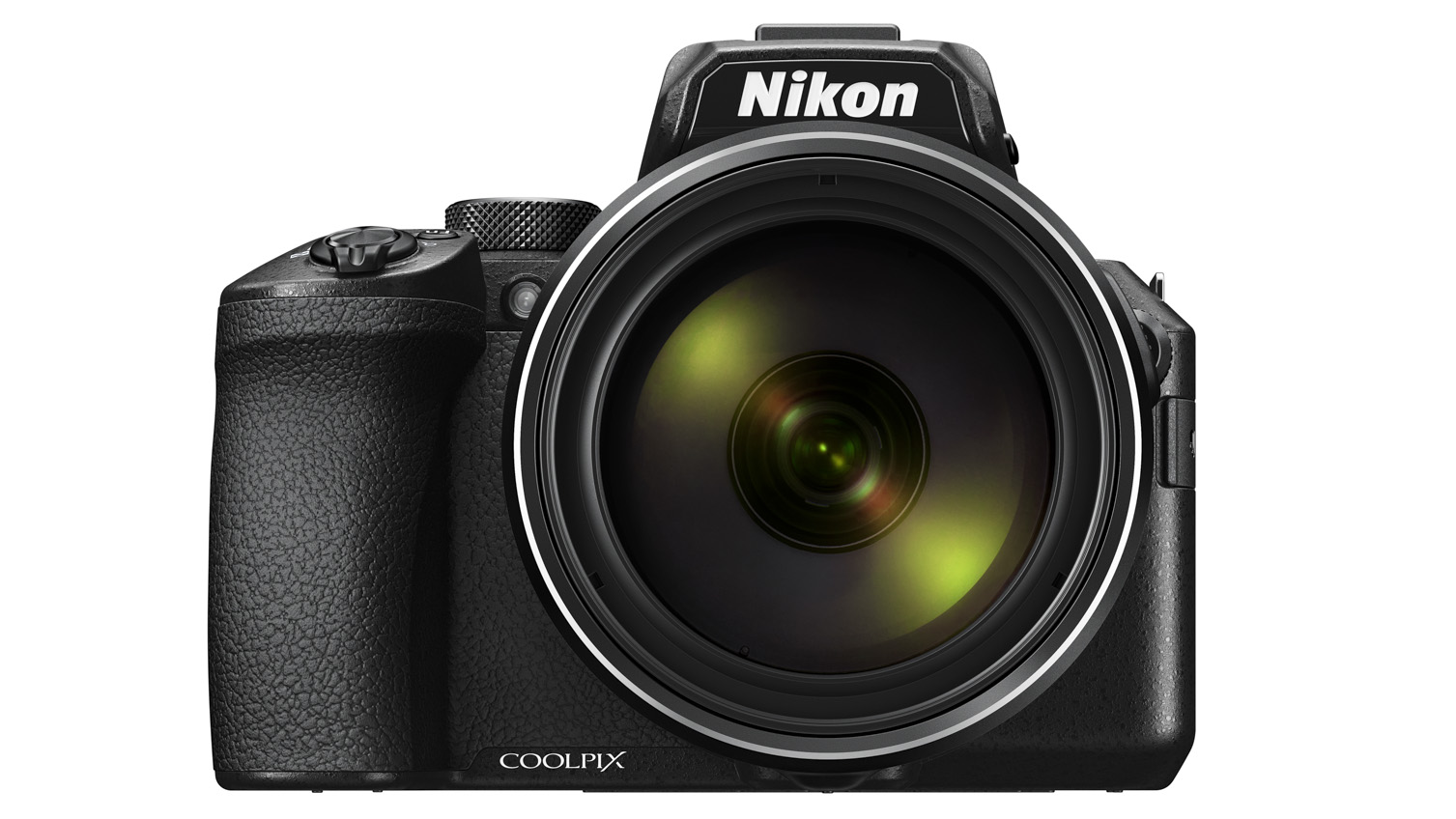
It'southward just… an enormous zoom lens, isn't it? If you've ever wanted to stand at the side of a rugby pitch and zoom in and so far that you can run into a player's individual follicles (and really, who hasn't?) then the Nikon CoolPix P950, with its 83x optical zoom, is the camera for you. A little more affordable than the flagship P1000, this impressive photographic camera tin can bring fifty-fifty the most afar subjects inside like shooting fish in a barrel reach. There are a few sharpness issues at the telephoto terminate, particularly if y'all're working at high ISO settings, but in all honesty information technology'south much more usable than it has whatever right to be.
Read more: Nikon Coolpix P950 review
Sports cameras for enthusiasts
For enthusiasts who know what they're doing and want a photographic camera that'll requite them options to suit their level of expertise, these are the best DSLRs and mirrorless cameras for sports photography. These models all take the impressive burst-shooting rates needed for shooting fast action, and give the user access to the kinds of excellent lenses that'll deliver great results every fourth dimension.
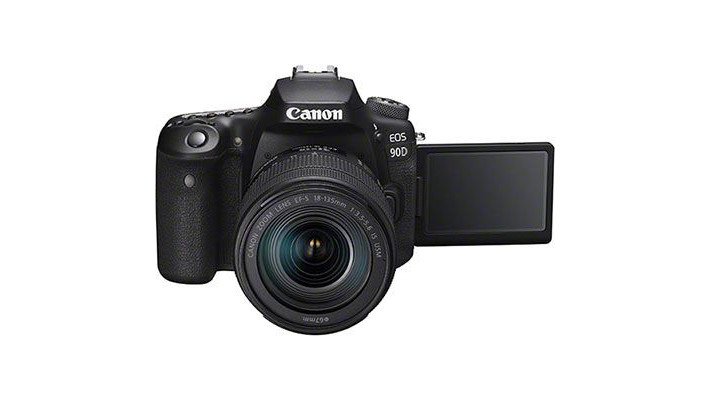
Some have questioned the demand for the humble DSLR in the age of the mirrorless camera, but Catechism came out fighting with the versatile, well-engineered EOS 90D. It's a exercise-information technology-all DSLR designed to function well in myriad different shooting situations, fast enough for sports photographers while likewise boasting rugged weatherproofing for outdoor use. Its sophisticated metering organization helps nail the exposures in JPEG fashion – useful, every bit the RAW buffer is a lilliputian limited compared to the competition. Surprisingly for a DSLR, the EOS 90D really comes into its own in Live View fashion using the LCD, with neat touchscreen controls and a solid Live View autofocus arrangement.
Read more: Canon EOS 90D review
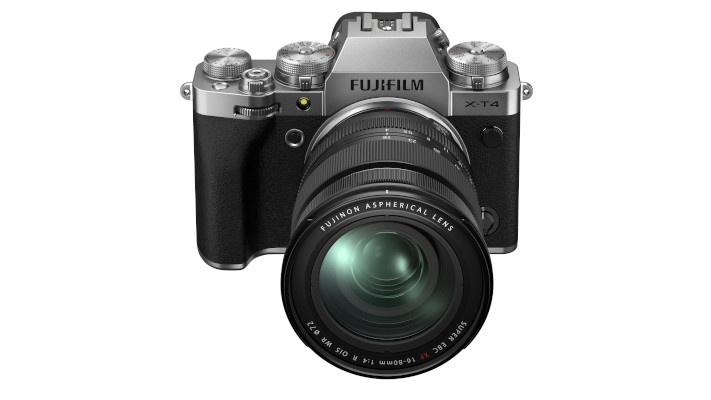
More simply an update to the X-T3, more than simply another mirrorless APS-C camera – the Fujifilm X-T4 is one of the best cameras ever made. With all-metallic construction and dial-led controls, it's fantastic to handle, and it produces gorgeous, vibrant images straight out of camera. Fast burst shooting, a big buffer (well, big for JPEGS), neat loftier-ISO performance, a terrific stable of X-system lenses – information technology'due south got information technology all for sports shooters. Any negatives? Well, a lot of attention was paid to the (bright) 4K video on the X-T4, and while this is manifestly all to the proficient, information technology does mean that the asking cost is a little high if you're but planning to shoot stills.
Read more: Fujifilm X-T4 review
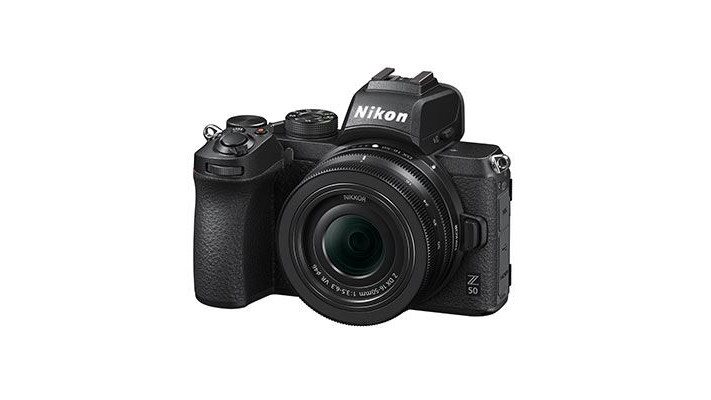
The new babe in Nikon's Z range of mirrorless cameras, the Nikon Z 50 is an APS-C model aimed squarely at enthusiasts and newbies looking to take their first step into mirrorless shooting. Information technology's a great choice for sports photography thank you not only to its 11fps outburst shooting but besides its sophisticated autofocus system and impressive paradigm quality, with dynamic range you'll exist talking near for days. It's a good organisation to invest in with ane eye on the futurity – though that does hateful the native lens selection is currently a little limited. The nearly telephoto reach you'll currently get with a Z-branded lens is 250mm. While an FTZ adapter does help here, using F-mount lenses is a good stopgap solution but not ideal in the long run. Nevertheless, with every sign that Nikon plans to make this system a futurity priority, the Z fifty represents a solid investment.
Read more than: Nikon Z l review

Sony has washed a neat job of etching out a niche for its APS-C cameras alongside the full-frame flagships – the A6000 series are known for being fast and lite, with flare-up and autofocus speeds to rival those of the pros. This generally makes them corking for sports photography, and the A6600, the newest of the agglomeration, is no exception, with 11fps burst shooting and a sophisticated 425-point autofocus system that boasts features like real-time Middle AF tracking – a dandy tool for keeping track of a fast-moving player. It's a trivial disappointing that the shot buffer has been reduced from the previous (and cheaper) A6500, but this is still an infrequent imaging machine.
Read more than: Sony A6600 review
Professional person sports cameras
These are all-time professional sports cameras right now, for those who shot action subjects for a living and need the ultimate in speed, durability and reliability.
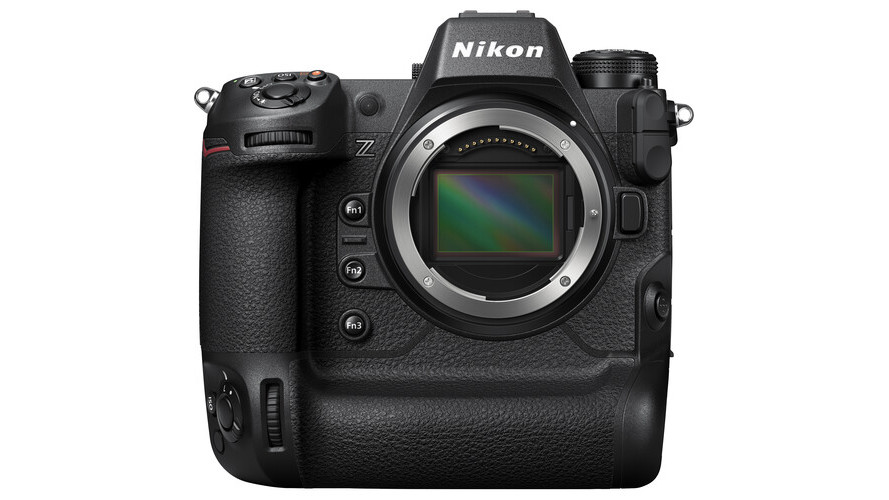
Hither, at long last, is the shot across the bows of Canon and Sony – the Nikon Z9, the house's latest pro mirrorless photographic camera and a startling stride frontward for professional imaging. Taking full advantage of the Nikon Z-mount, with its short flange distance and large throat diameter, the Nikon Z9 boasts an intimidating set of features. It's capable of burst-shooting at a face-melting 120fps, for one, and its buffer can tape a nominal 1,000 images per burst, with Nikon recording information technology being capable of as many as 5,000 when used with a loftier-spec CFExpress carte.
It also uses deep-learning AF, meaning its focusing ability should get ameliorate over fourth dimension, and the dorsum-side illuminated sensor delivers superior low-light performance. Nonetheless, while this photographic camera is still on pre-order with arrival imminent, in that location is one drawback we do take to mention. Several of its headline features, similar 8K 60p video and the compressed high-efficiency N-RAW format, are not going to be available at launch, just will come in a firmware update expected later in 2022. Nikon is not the only manufacturer doing this, but it's still a trend we're not fans of.
We've been impressed with what we've seen so far of the Nikon Z9, and volition update this guide once we've published our full review.
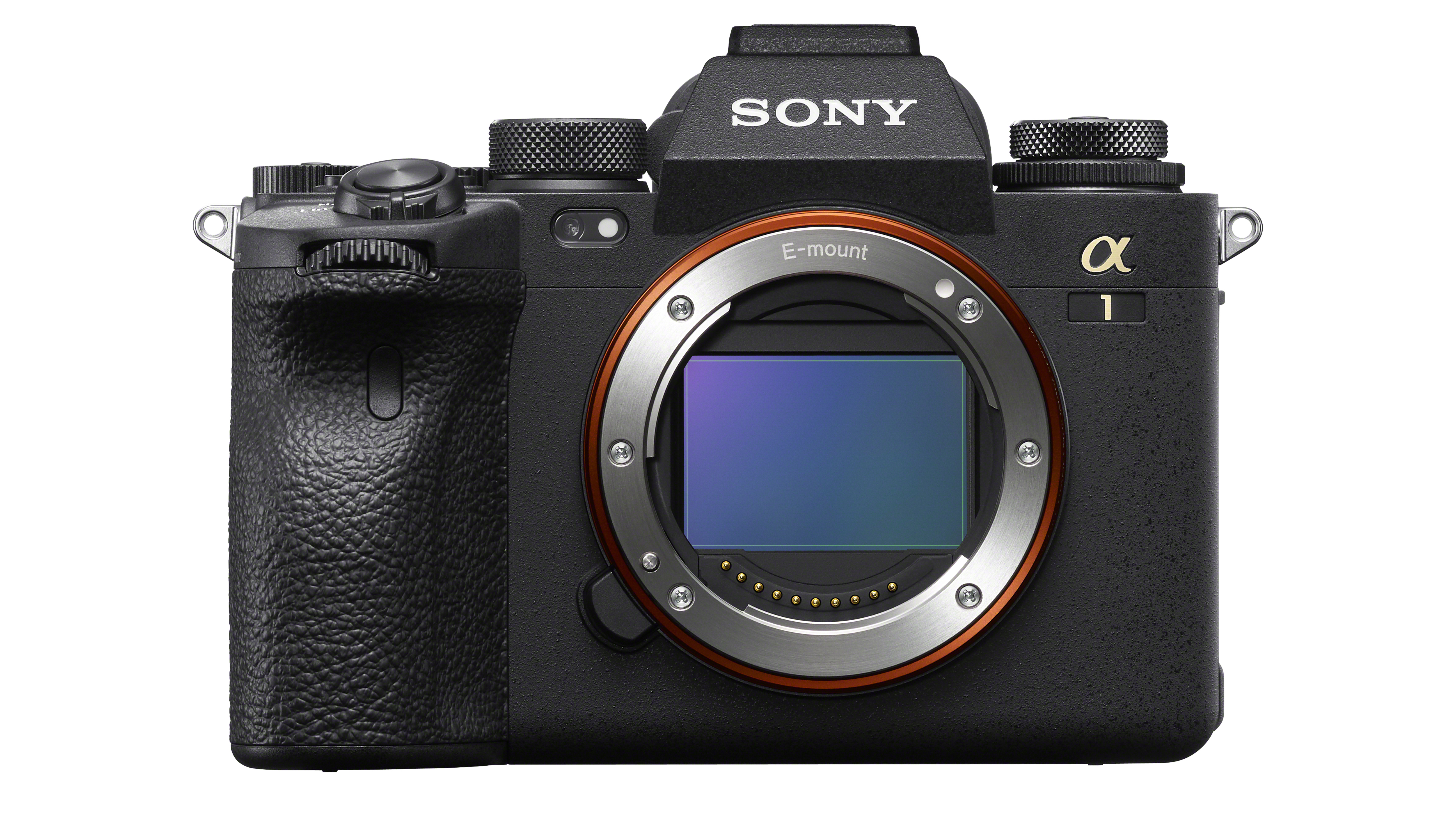
This could be the ultimate mirrorless camera. There is literally naught it tin can't shoot. Sports? Check, thanks to its unreal 30fps continuous shooting. Fine particular? Cheque, thanks to its l.1MP resolution. Video? Check, thank you to its 8K recording adequacy (even though it's hampered by non having a fully articulating screen). The Sony A1 is far and abroad the most advanced and most powerful photographic camera on the marketplace… yet this comes at a cost, literally. It'south almost twice the cost of the Sony A9 II, and it'south fifty-fifty more expensive than the 100MP medium format Fujifilm GFX 100S. There are also caveats on the 30fps burst, which isn't always achievable (sometimes topping out at 15-20fps, which is even so impressive only less impressive than the spec sheet). Overall, though, if y'all want a camera that tin take on whatsoever possible consignment, this is it.
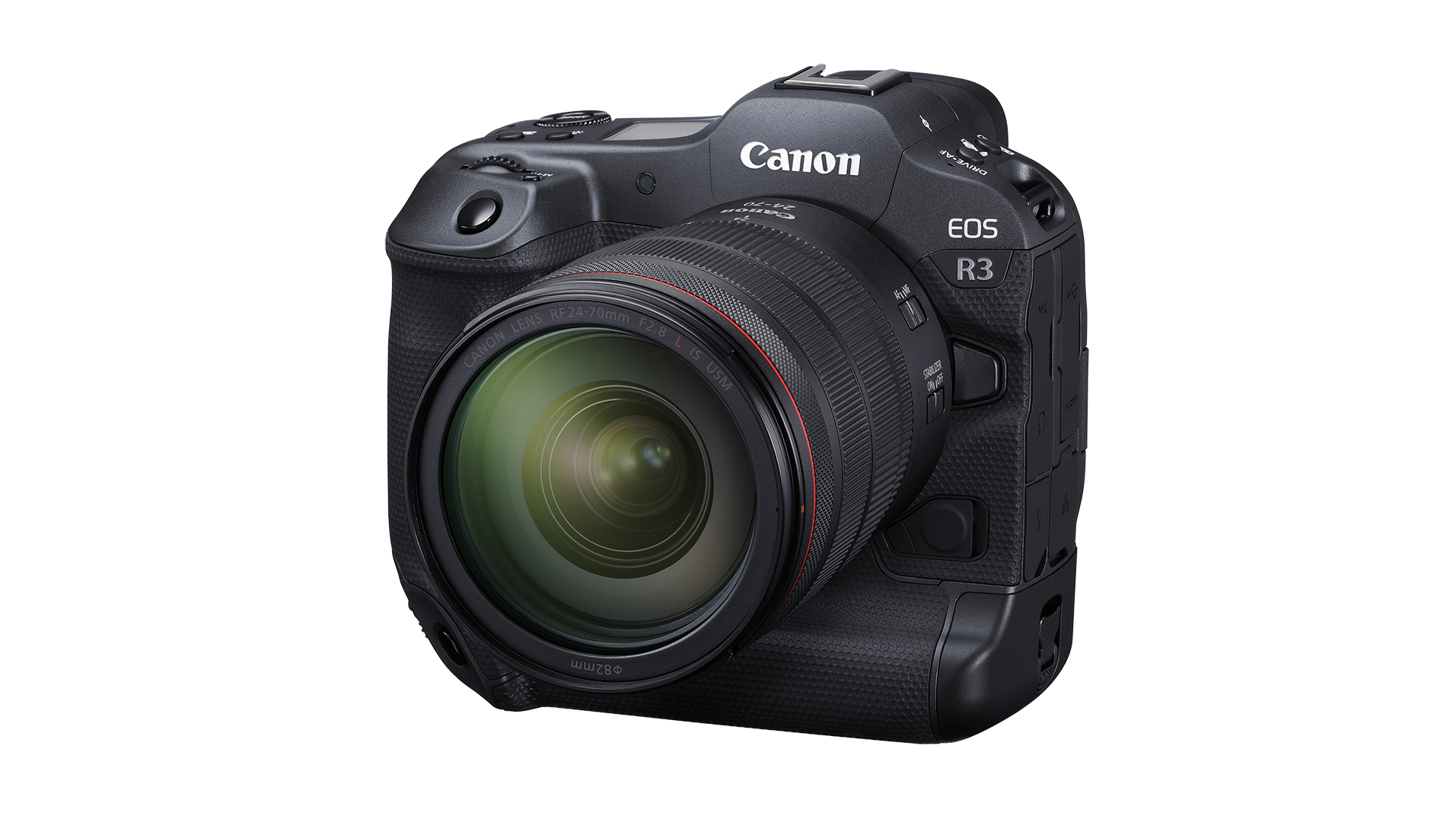
The Catechism EOS R3 is the latest addition to Canon's mirrorless lineup, offering 6K Raw video, 30fps continuous shooting and Heart command AF so you can place a focal signal simply by looking at your discipline. Information technology packs a lot of avant-garde features which make up for the fact it's "merely" 24.1MP. Information technology might not exist the highest resolution sensor, but at to the lowest degree when you're shooting hundreds of images in burst mode, the file sizes will be smaller and it'll take less time to transfer than if yous were shooting with something like the Sony A1. The 6K and 4K video footage is crystal articulate and all-time of all it doesn't seem to suffer from the same overheating bug as the R5 and R6. Nosotros were seriously impressed with the R3 when we got to practice easily-on with it. It'south a super-fast, intuitive camera that'due south more than capable of producing high-quality pictures and videos.
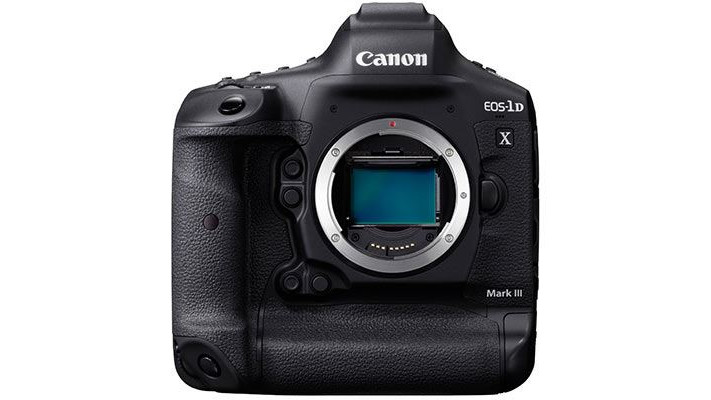
Like including Fleetwood Mac'due south Rumours on a best-seventies-album listing, we're not surprising anyone by putting the EOS-1D Ten Marking III in here, but notwithstanding, the enterprise would feel wrong without information technology. It's the third iteration of the best activeness DSLR in the world, just information technology takes on advancements from the earth of mirrorless to make for 1 of the best cameras ever made. The 1D 10 Mark III but shoots and shoots and shoots, and with an astonishing smart controller that makes handling a breeze, and deep-learning autofocus that gets better with use, it's ane of the best sports-shooting cameras always fabricated.
Pro Canon shooters wanting the firm'south best sports camera should besides consider the EOS R3, the latest full-frame mirrorless model for professionals. While it's non supposed to be a replacement for the 1D X Mark III, as it'southward not a "ane-series" camera (that'll be the EOS R1, whenever it gets here), it does considerably outstrip the 1DX Mark III in several key areas. In one case we've fully tested information technology, and it'southward available to buy, it may well find a place in this guide while nosotros're all twiddling our thumbs waiting for the EOS R1.
Read more: Canon EOS-1D X Mark III review
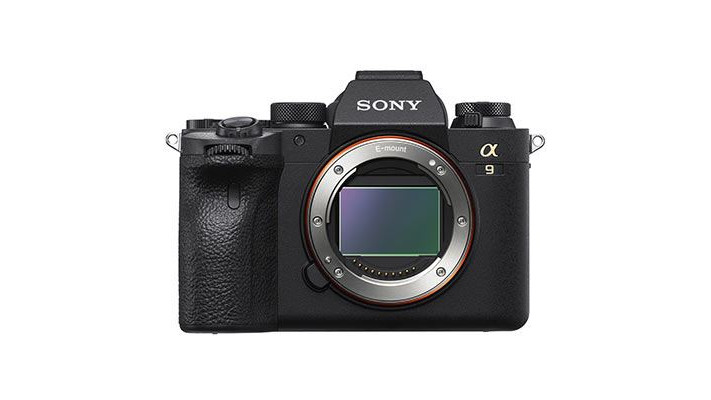
Where to begin? Information technology's the nigh avant-garde mirrorless camera around right now, it's a superb sports-shooting machine cheers to its 20fps burst shooting with no viewfinder blackout, and its autofocus arrangement puts basically all others to shame, capable equally it is of making up to sixty calculations every 2d. Yeah, that about covers the superb Sony A9 II, but the manufacturer really has gone higher up and beyond with other features useful for sports shooters, like the built-in 5GHz Wi-Fi for super-fast prototype transfer, similar a new mechanical shutter designed with ultra-low vibration, similar… well. You get the idea. An outstanding achievement in photographic camera engineering.
Read more: Sony A9 Mark II review
How to cull the all-time camera for sports photography
1 of the about important features in a sports camera is a good outburst style. This refers to how many frames per second your camera can capture. The faster it is, the more probable you are to capture that winning mid-action shot. Mirrorless cameras tend to be more impressive in this area, equally they don't accept a physical shutter to motility. Notwithstanding, there are many DSLRs that have perfectly respectable burst modes besides.
Notwithstanding, a great flare-up fashion ways very footling without a adept buffer depth to back-trail information technology. This refers to the corporeality of continuous photos a camera can have before information technology needs to pause. If you're shooting in JPEG, then y'all'll discover that there will exist a larger buffer than if you're shooting in RAW. However, professional cameras should be capable of decent buffer depths for RAW files.
Some other super of import feature for the all-time photographic camera for sports photography is fast and efficient autofocus. Without an autofocus arrangement that'southward able to keep up with the action, you'll likely cease upward with a lot of mis-focused images that will brand yous want to tear your hair out! You'll want to look for a good coverage of autofocus points – and if the camera has a sophisticated AF tracking organization, and then you're definitely on the right lines.
Whether it's photographing a Formula i machine racing around the track or a sprinter reaching the finish line, well-nigh all sports photography requires an admittedly essential ingredient: a telephoto lens. If you have a scrap more than cash to splash, and so yous'll desire to plump for an interchangeable-lens camera that has bang-up telephoto options. Alternatively, if you lot're on a budget, then yous'd do well to consider a compact camera with a generous zoom – such every bit the span cameras nosotros've listed at the top of this commodity.
Read more than:
• The all-time professional cameras right now
• Best camera for car photography
• The all-time mirrorless cameras today
• The best DSLRs to buy
• DSLR vs mirrorless: which is best?
• The best telephoto lenses
Related articles
Source: https://www.digitalcameraworld.com/buying-guides/best-cameras-for-sports-photography#:~:text=You'll%20want%20to%20look,definitely%20on%20the%20right%20lines.
0 Response to "How Do You Know if Camera Is Good for Sports Photography"
Post a Comment